The present world of business is interconnected and fast paced that the need for detecting possible risk factors is essential in every scenario. With the rise of remote work culture, having the presence of a reliable employee monitoring software has become more than essential to implement the best employee benefits. By adopting Employee Monitoring Software Development your productivity, accountability, and workforce management is bound to enhance and along the compliance with the regulatory requirements.
Through employee monitoring it is possible for teams to operate remotely or in-office with ease, track employee activity to help organizations optimize workflows, prevention of time theft, and maintain data security. So, if you are someone considering to build an Employee Tracking Software solution, this guide will walk you through the essential features, development steps, and cost factors to help you create a robust Workforce Management System.
Why Invest in Employee Activity Monitoring Software?
Activities such as log in time, performance and others help to analyse and track the employee activates ensuring a smooth and flawless employee behaviour. For businesses, this directly affects their ROI, as productivity is what adds towards achieving the goals.
The move to hybrid and remote work has made remote employee monitoring solutions more important than ever. Businesses now need up-to-the-minute updates on how employees are performing, what tasks they're working on, and any possible security risks. Using AI-based employee tracking helps companies automate supervision, cut down on micromanaging, and make smarter decisions based on real data.
The biggest advantages? First, time tracking and productivity tools help teams work more efficiently. Second, there's enhanced transparency - managers can clearly see who's doing what, making task delegation smoother. Third, data security in employee monitoring protects against insider threats, keeping sensitive information safe. And finally, real-time performance analytics give managers the insights they need to make quick, informed choices.
Must-Have Features in Employee Monitoring Software
Tracking, analytics, and security capabilities should all be included in a well-designed employee monitoring software. Let us take a look at the following essential features:
1. Time and Attendance Tracking: Automated Time Tracking and Productivity Tools help monitor login/logout times, breaks, and idle periods. This ensures accurate payroll processing and identifies productivity gaps.
2. Screen Monitoring & Activity Logging: Capture screenshots, record application usage, and track website visits to assess work patterns. Advanced systems use AI-Based Employee Tracking to flag unusual be haviour.
3. Keystroke and File Activity Monitoring: Monitor document access, file transfers, and keystrokes (with employee consent) to prevent data leaks—a critical aspect of Data Security in Employee Monitoring.
4. Real-Time Alerts & Notifications: Managers receive instant alerts for policy violations, such as accessing restricted websites or unauthorized file sharing.
5. Productivity Analysis & Reports: Real-Time Performance Analytics provide insights into individual and team efficiency, helping managers optimize workloads.
6. Remote Work Support: With Remote Employee Monitoring Solutions, businesses can track distributed teams seamlessly, ensuring accountability regardless of location.
7. Integration with HR & Project Management Tools: Sync with platforms like Slack, Trello, or ADP to streamline workforce management.
Steps in Employee Monitoring Software Development Process
Creating an effective workforce management system demands careful planning and execution. The process begins with thorough market research and requirement analysis to understand whether the primary need for employee activity monitoring revolves around compliance, productivity enhancement, or security measures, while also studying competitors to identify essential versus advanced features.
Next comes selecting the appropriate technology stack, including programming languages like Python, Java, or C#, frameworks such as React or Angular for the user interface, and databases including MySQL or MongoDB - all chosen on the basis of scalability requirements. The third phase focuses on UI/UX design, where creating intuitive dashboards for both administrators and employees is crucial, with special attention given to presenting real-time performance analytics clearly. During core development, engineers build the backend infrastructure for tracking functionalities, data storage solutions, and security protocols, potentially incorporating AI-based employee tracking for advanced behavioural analysis if the project requires it.
Before launch, rigorous testing and quality assurance processes examine functionality, security, and performance to eliminate any bugs or vulnerabilities. Finally, the deployment and maintenance stage involves rolling out the system in manageable phases, collecting valuable user feedback, and providing consistent updates to refine and enhance the software's capabilities over time.
Budgeting for Employee Tracking Software
The cost of developing employee monitoring software depends on several key factors. First, the features you choose - whether basic time tracking or advanced AI-based employee tracking - will affect the price. Second, the platform makes a difference: a web-only application is typically less expensive than a cross-platform solution that works on both desktop and mobile devices. Third, your development approach impacts costs - using an in-house team usually costs more than outsourced development. Finally, compliance and security requirements like GDPR or HIPAA certification will increase your budget.
In simple terms, more complex systems with advanced features and stronger security will cost more, while simpler tracking tools are more budget-friendly. The final price depends on exactly what features and capabilities your business needs.
Investing in Employee Monitoring Software Development is a strategic move for businesses aiming to boost efficiency and security. By incorporating Key Features of Employee Monitoring Software like Time Tracking and Productivity Tools, Remote Employee Monitoring Solutions, and Real-Time Performance Analytics, companies can foster a transparent and productive work culture.
If you're planning to develop an Employee Tracking Software, prioritize scalability, user privacy, and seamless integration to create a solution that meets modern workforce demands.







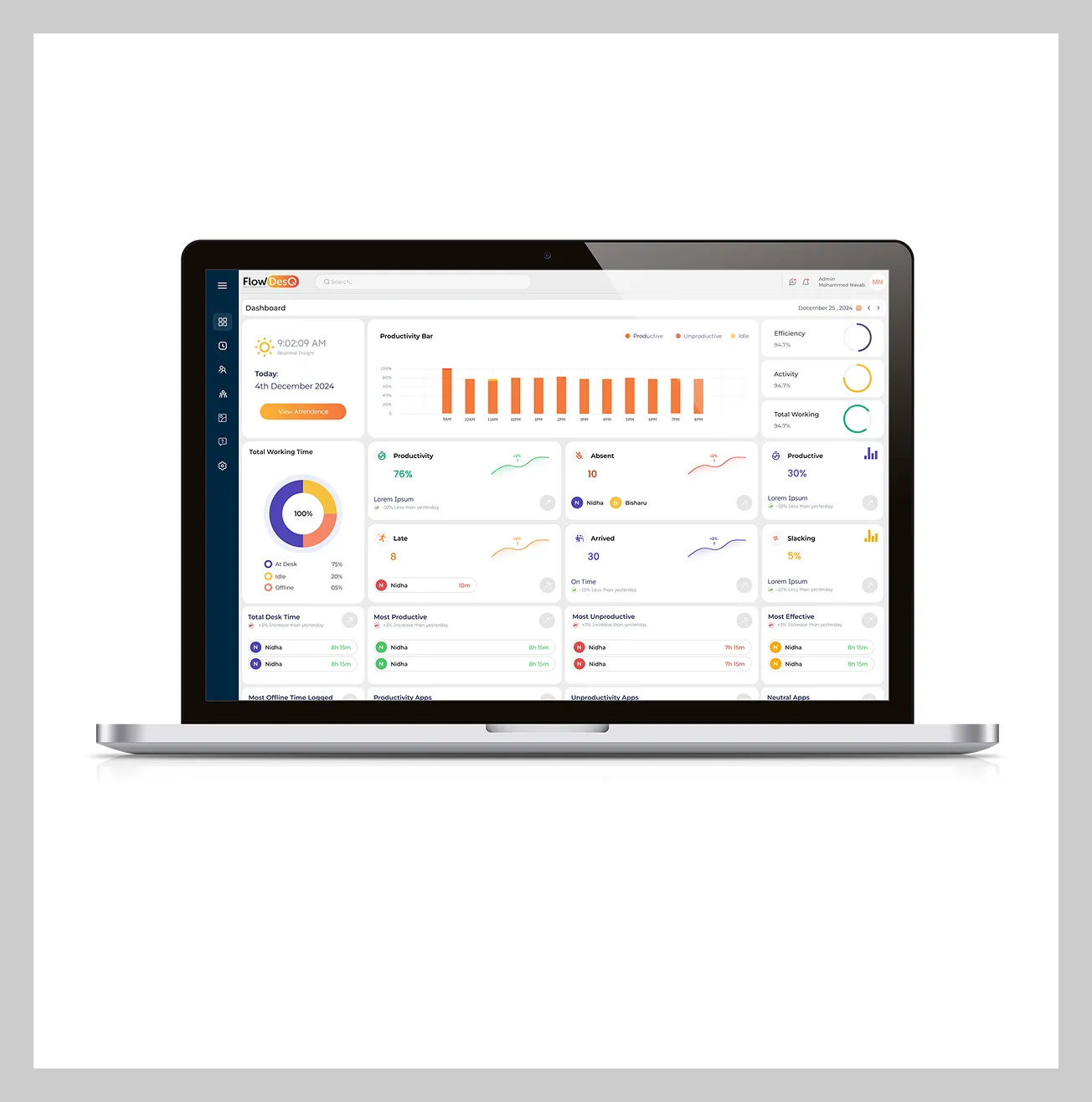

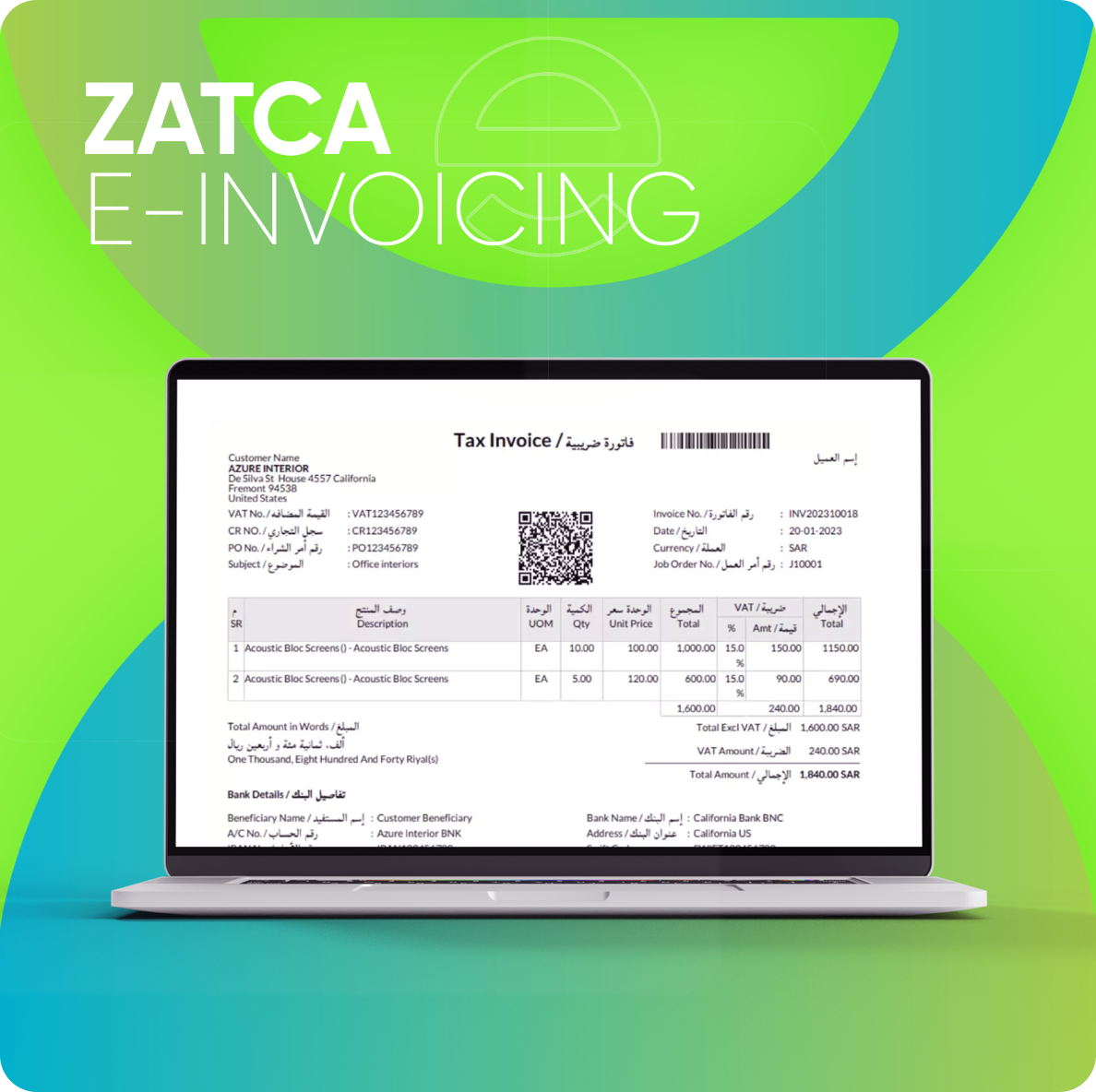

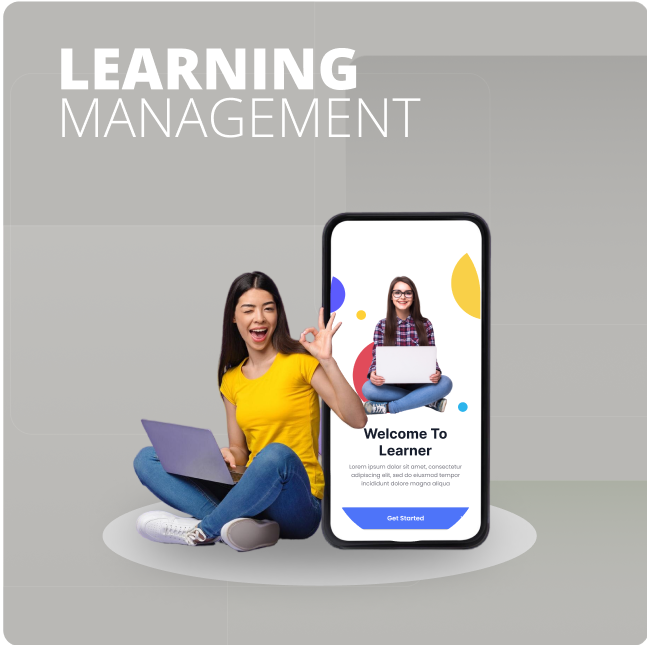
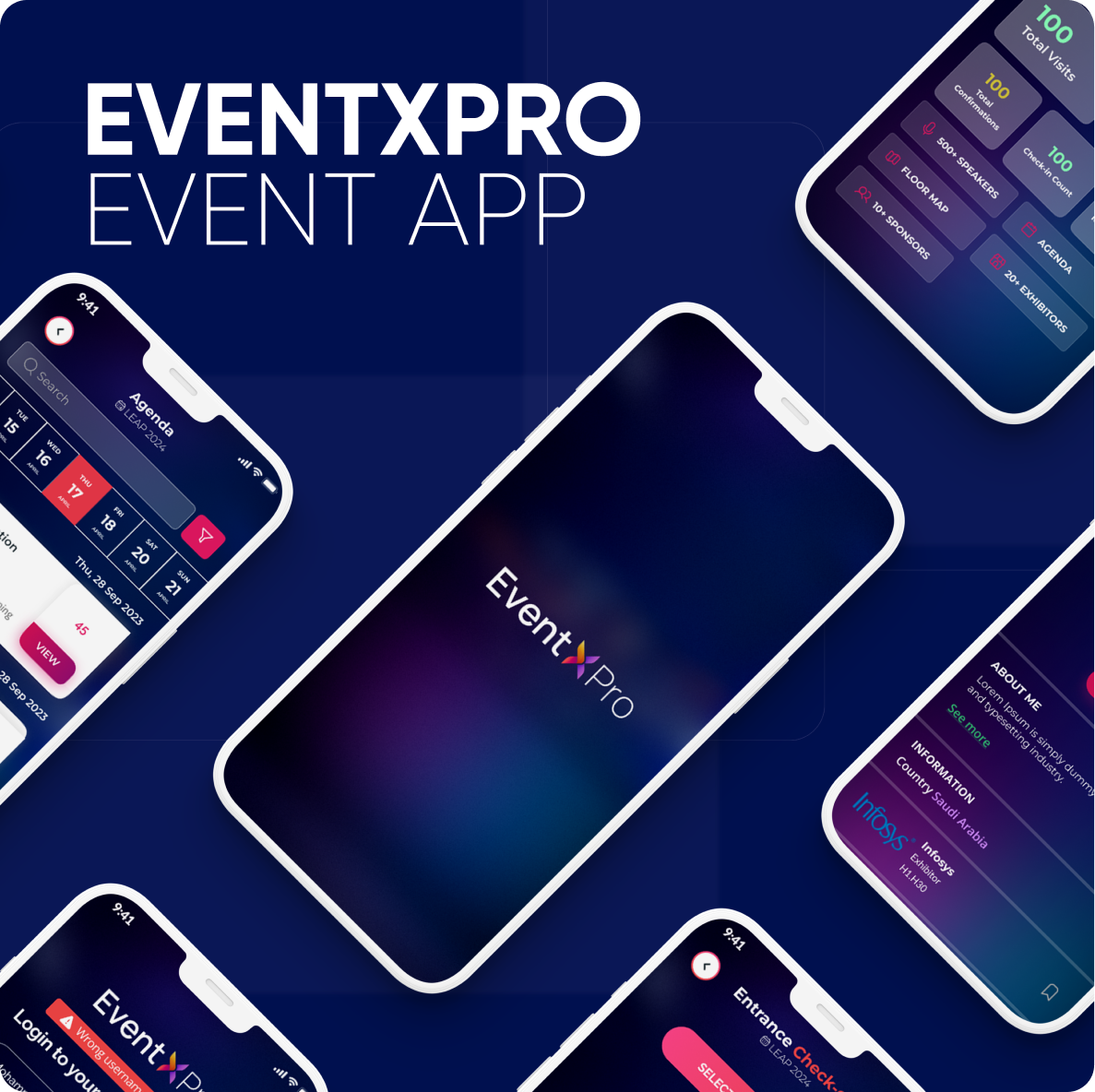
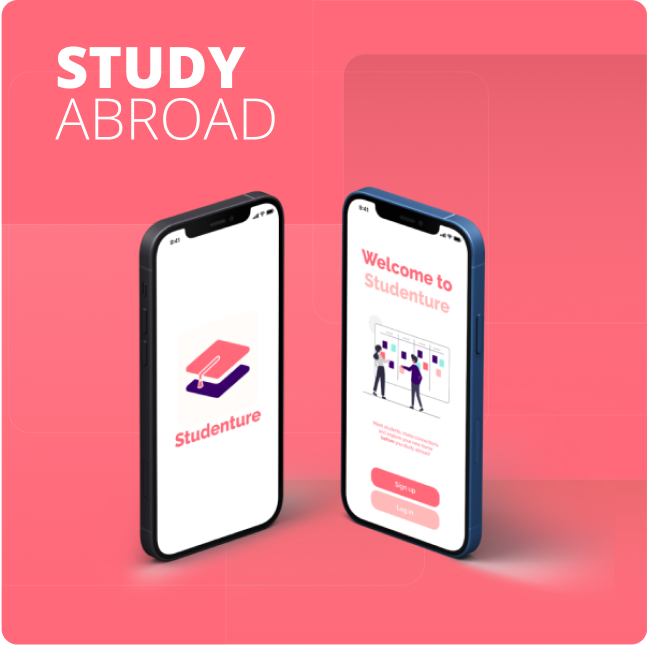
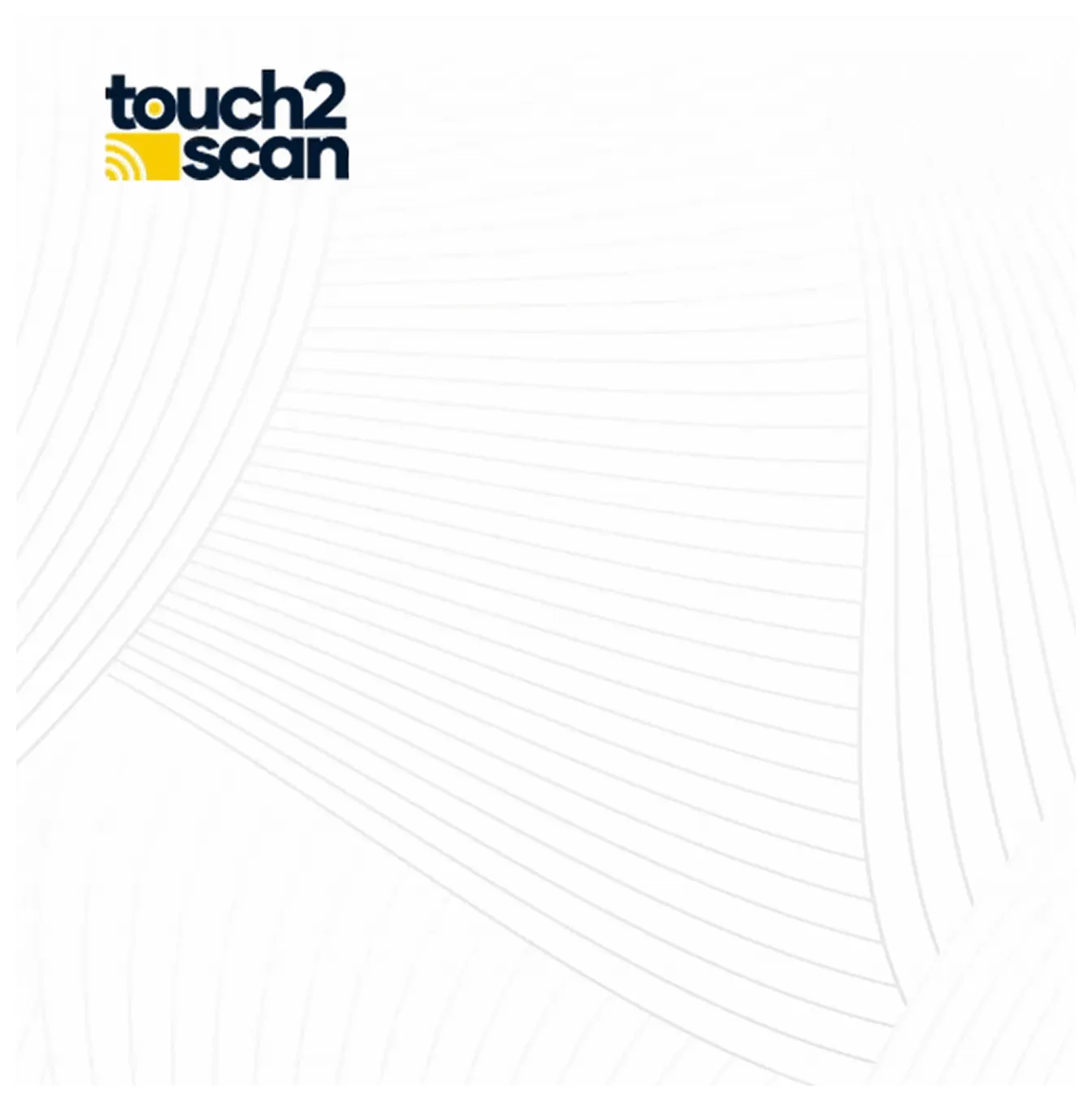

Leave a comment